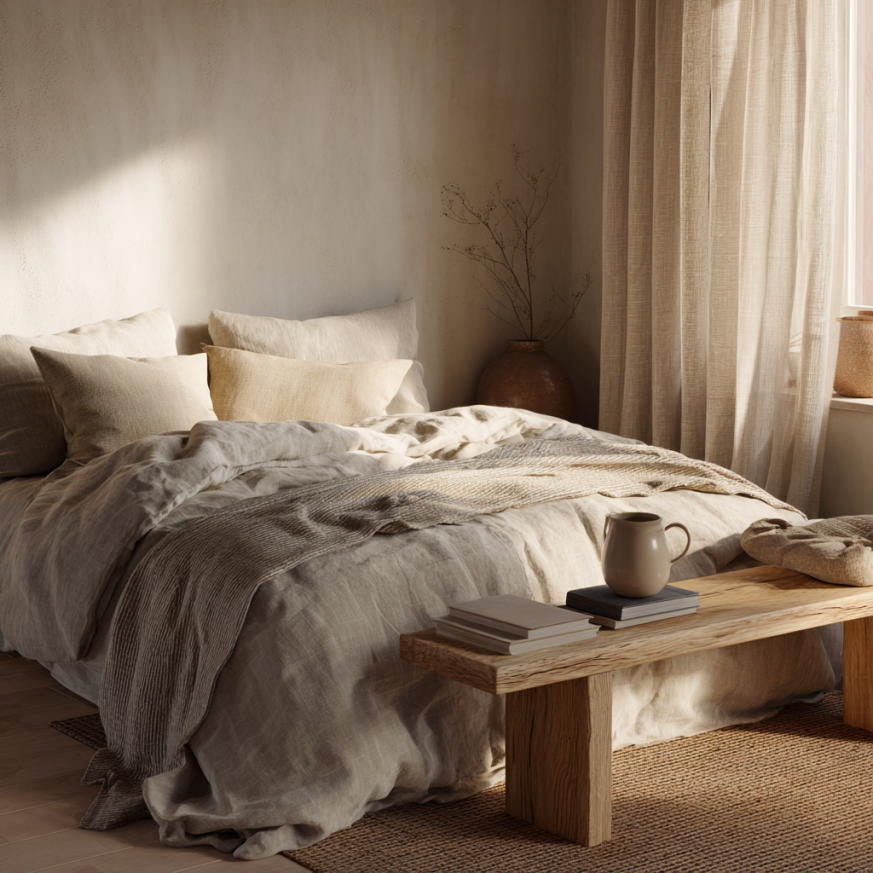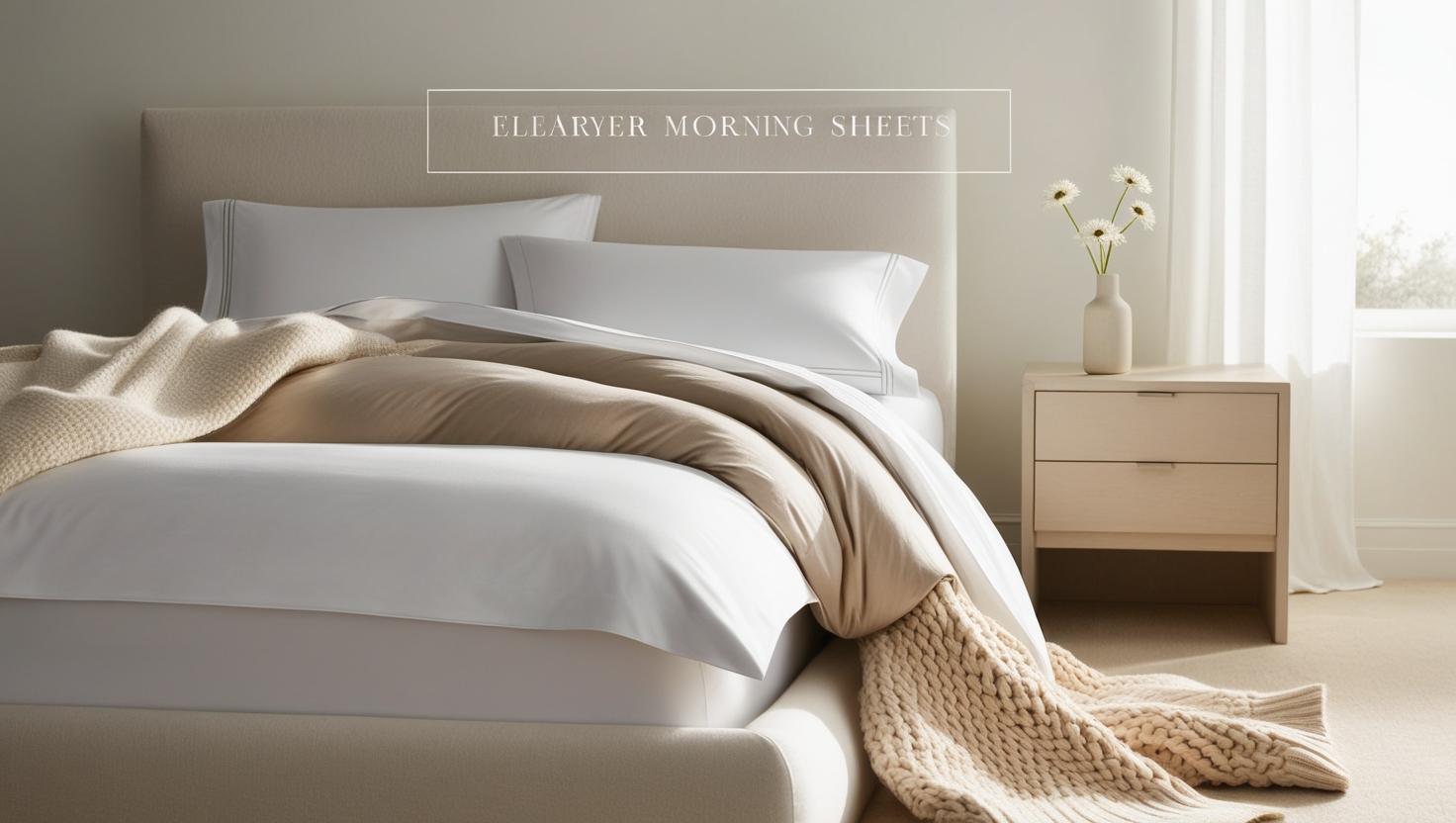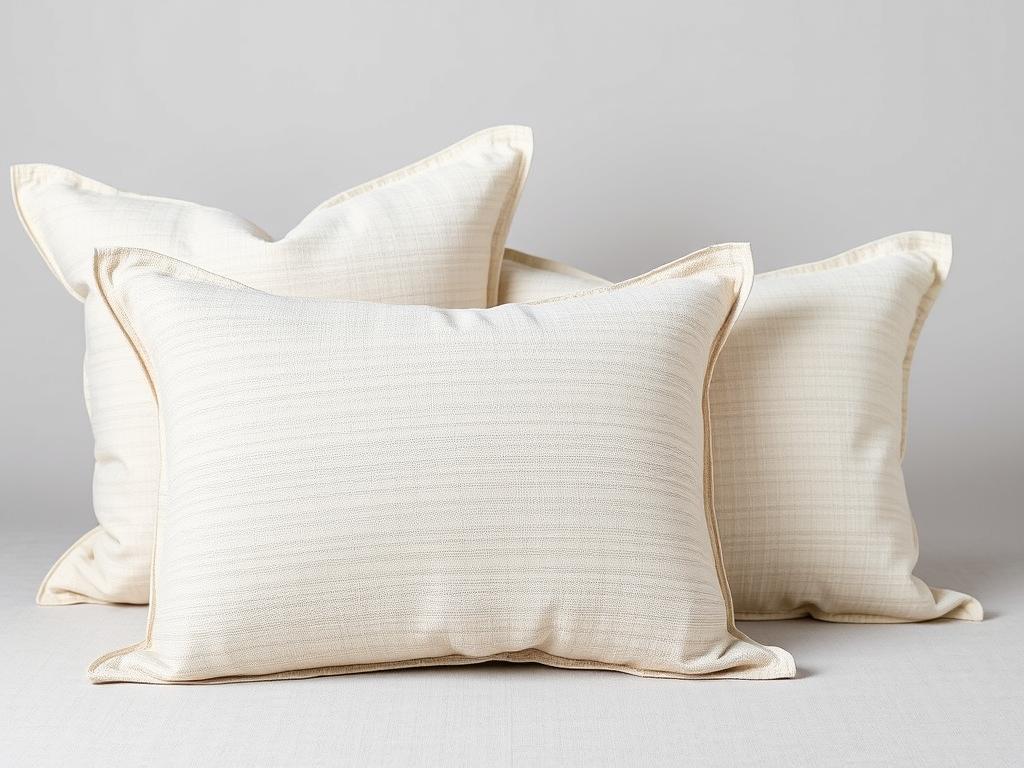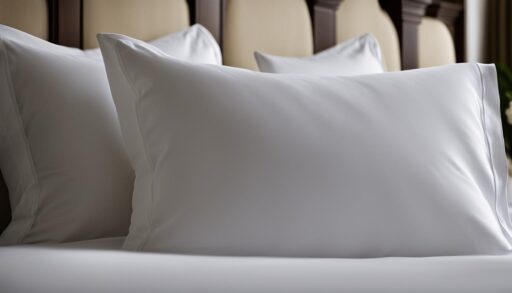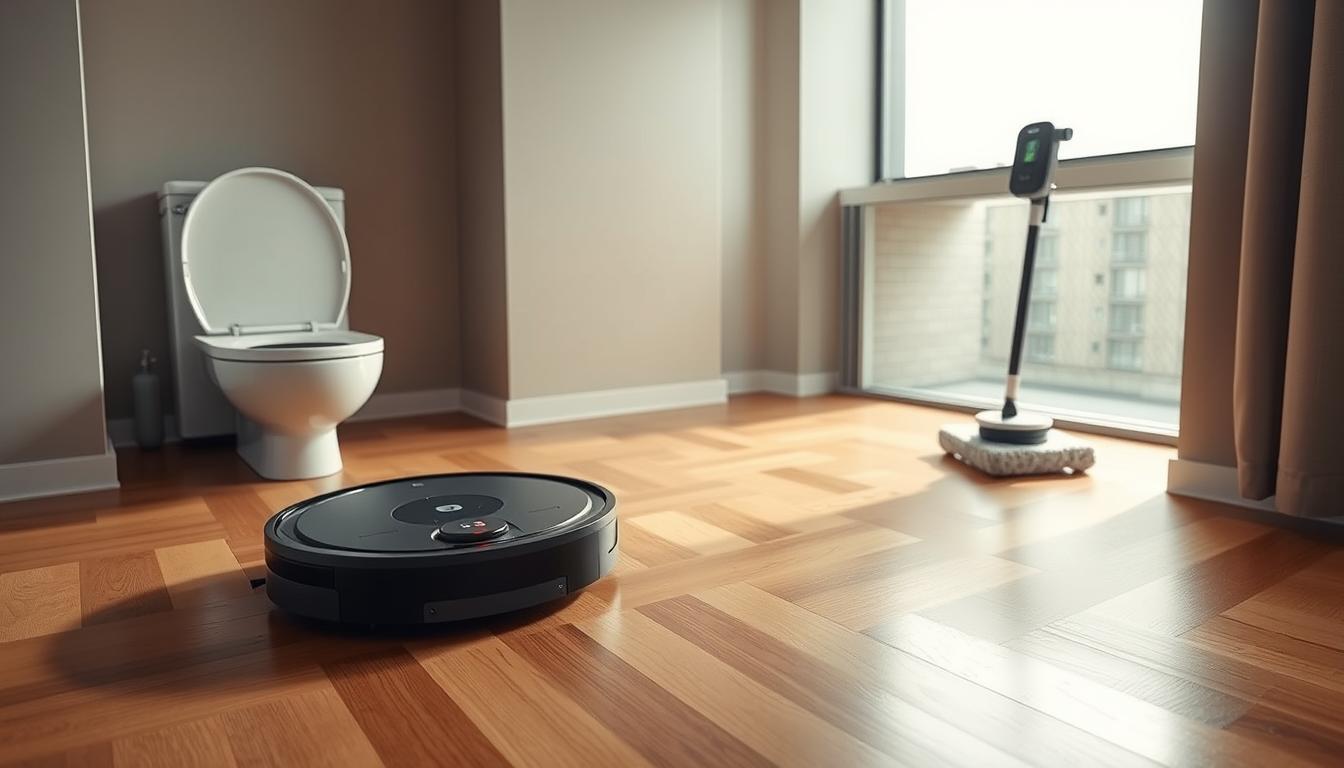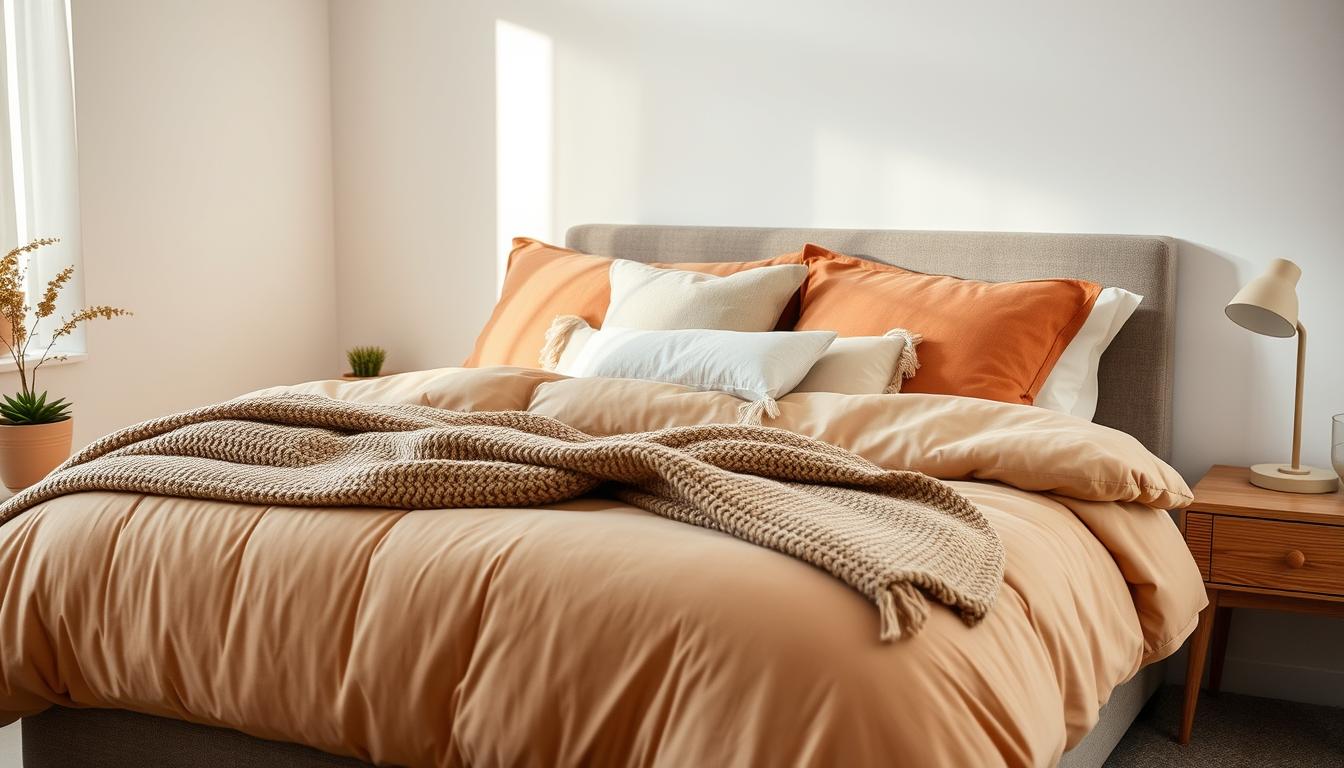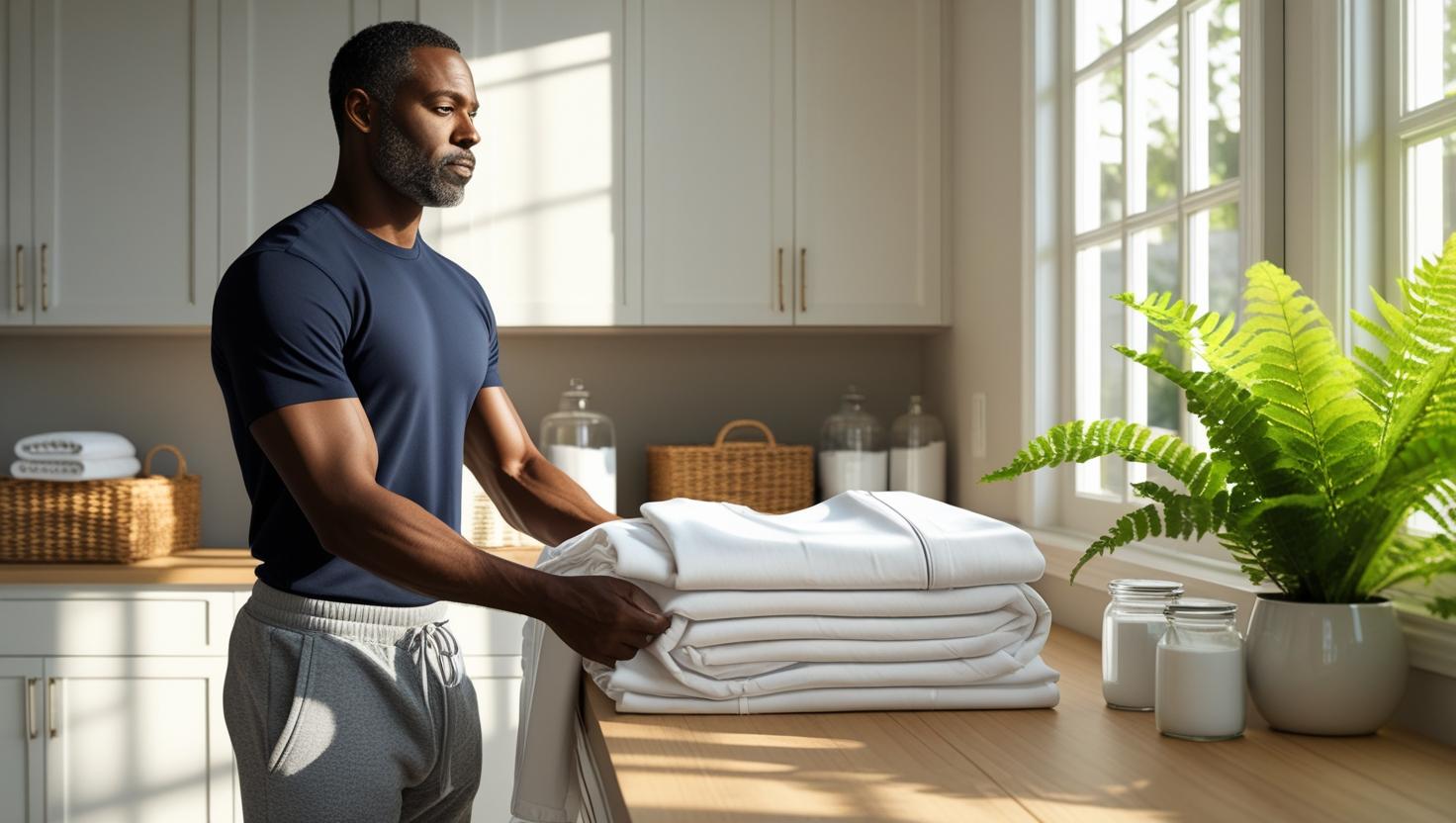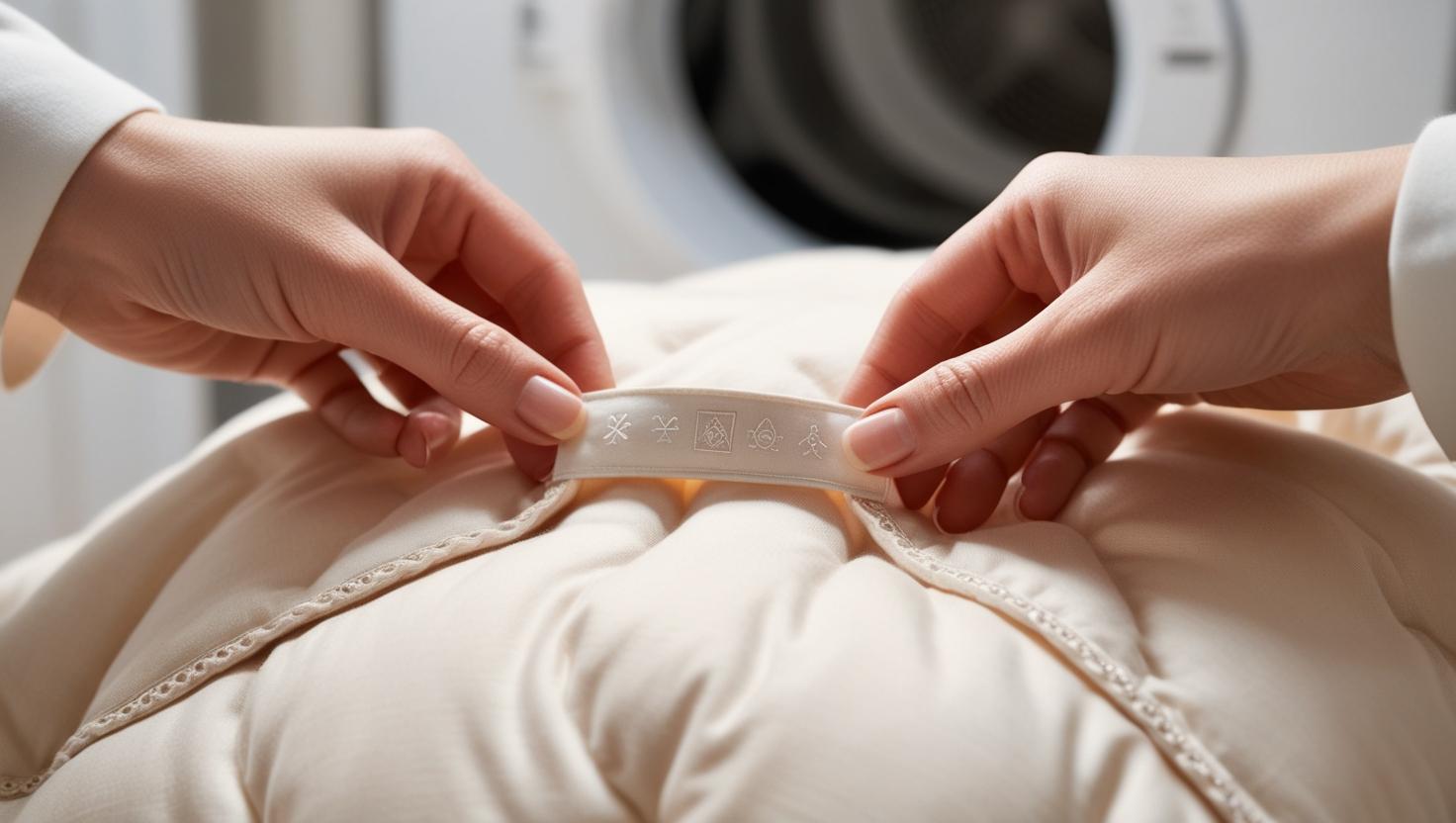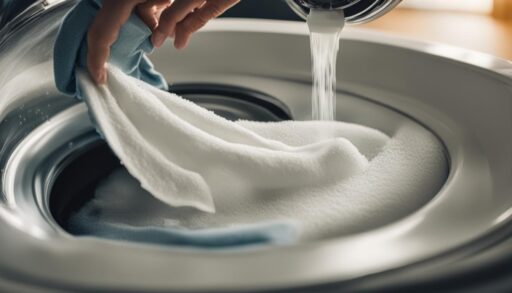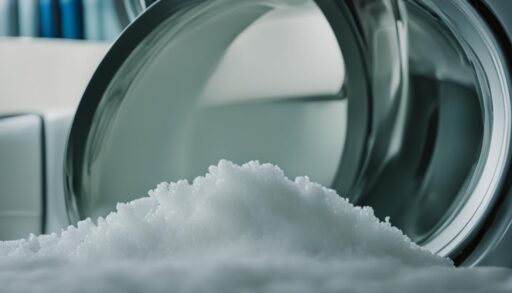How Long Does Bedding Last? 7 Secrets for a Longer Life of Your Bedding
How long does bedding last? On average, sheets last 3–5 years, comforters up to 20 years, and pillows 1–2 years. In this guide, you’ll learn not only when to replace your bedding but also expert-backed tips to extend its life for years of comfort and freshness.
When considering how long does bedding last, it’s important to remember that proper care can significantly extend its lifespan. Understanding how long does bedding last for different items can help you make informed decisions about replacements.

Ever wondered how long does bedding last—like really last? We often invest in beautiful bedding sets but forget that even the coziest sheets and fluffiest pillows have a lifespan. If you’ve woken up to scratchy sheets, a flat pillow, or a comforter that has lost its warmth, it’s a clear sign your bedding might be past its prime. Knowing how long does bedding last is crucial for ensuring better sleep quality, improved hygiene, and that fresh, hotel-like feel in your own bedroom.
In this comprehensive guide, we’ll break down how long various bedding items last, explain the key signs they’re wearing out, and share actionable tips to extend their life. Curious about what experts say? Check out The Company Store’s guide on bedding replacement for additional insights.
Our guide will help you understand how long does bedding last and provide you with essential tips to maximise its lifespan.
How Long Does Bedding Last? Quick Breakdown
Different types of bedding have very different lifespans, depending on the materials, quality, and care. Here’s a quick overview that will help you gauge when it’s time for a replacement:
Understanding how long does bedding last will give you insights into when to replace it and how to maintain your investment.
| Bedding Type | Average Lifespan |
|---|
| Sheets | 3–5 years (cotton/linen) |
| Comforters | 5–20 years |
| Pillows | 1–2 years |
| Decorative Pillows | 3–5 years |
| Mattress Toppers | 3–5 years |
Pro Tip: The quality of your materials matters just as much as how often you wash and rotate your bedding. Premium fabrics like bamboo, linen, and TENCEL™ can outlast standard cotton or polyester by a few years while maintaining a luxurious feel. For deeper insights, see Purple’s guide on sheet lifespans.
Knowing the average lifespan of each bedding item can help you plan replacements and avoid sudden discomfort. Think of it as an investment in your overall sleep health.
Sheets: The Bedrock of Comfort
Sheets are the closest layer to your skin, which means they not only impact your comfort but also your hygiene. High-quality cotton or linen sheets generally last 3–5 years, while cheaper microfiber or polyester blends often start to break down in just 1–2 years. The wear and tear are largely influenced by how often you wash them, what detergents you use, and whether they’re exposed to harsh drying cycles.
Over time, sheets lose their softness and can develop pilling, thinning, or even small tears. You might notice that your once-crisp, white sheets start to feel rougher or lose their sheen. If your sheets feel more like sandpaper than silk, it’s time for a refresh.
Watch for These Signs:
- Pilling, fuzz, or a scratchy texture that irritates the skin
- Thinning spots, frayed edges, or small tears
- Persistent fading, discoloration, or an overall worn-out look
Care Tip: Wash your sheets weekly in cold or warm water, and skip fabric softeners which can coat fibers and reduce breathability. Opt for mild detergents and line-dry your sheets when possible. For additional care tips, read our Bedding and Hygiene Guide. Keeping a rotation of 2–3 sheet sets also helps reduce wear and keeps your bed feeling fresh year-round.
Remember, a good set of sheets can transform your sleep experience, so treat them with care.
Comforters: Your Cozy Cloud
Comforters, often the star of your bedding set, can last anywhere from 5 to 20 years. Down comforters tend to have the longest lifespan—often up to two decades—when protected with a duvet cover and cared for properly. Synthetic or down-alternative comforters usually last around 5–10 years before losing their loft and warmth.
So, how long does bedding last? Well, it depends on the type and care provided, but understanding this can help you keep your bedding in top condition.
If you notice your comforter is no longer providing even warmth or feels lumpy, it’s probably time to upgrade. Another tell-tale sign is a musty odor that persists even after washing.
Time to Replace If You Notice:
- Clumps or uneven filling that can’t be fluffed back to shape
- Flat spots where the loft has completely collapsed
- Lingering odors or stains that won’t wash out
Keep It Fluffy: Use a duvet cover to protect against dust and spills, fluff your comforter regularly to maintain even distribution of filling, and wash it seasonally or as recommended by the manufacturer. Learn more in our Choosing the Right Bedding post.
Always ask yourself, how long does bedding last for each specific item? This knowledge can guide your purchasing decisions.
Proper care can make your comforter feel new for years, giving you that dreamy, cloud-like comfort every night.
Pillows: Head and Neck Heroes
Pillows are the unsung heroes of a restful night’s sleep, yet they tend to wear out faster than other bedding items. On average, pillows should be replaced every 1–2 years, depending on their fill and quality. A pillow that’s past its prime can cause neck strain, worsen allergies, and diminish your sleep quality.
When it comes to pillows, it’s essential to know how long does bedding last to avoid sleep disruptions caused by worn-out items.
If you often wake up with neck pain or find yourself constantly fluffing your pillow to no avail, it might be time for a replacement. Dust mites and allergens can also accumulate over time, so even if your pillow looks fine, it may not be hygienic.
Look for:
- Lumps or flat spots that can’t be reshaped
- A lingering odor even after washing
- Increased allergies or congestion upon waking
Hygiene Hack: Always use a pillow protector to guard against sweat, oils, and dust. Wash the protector regularly along with your pillowcases. For more in-depth cleaning and care advice, visit our Mattress Hygiene and Cleaning guide.
Your pillow supports one of the most delicate areas of your body—your head and neck—so giving it the attention it deserves can dramatically improve your sleep health.
3 Bedding Myths (Busted!)
Understanding how long does bedding last helps debunk common myths around bedding care and replacements.
When it comes to bedding, there are plenty of myths that can lead you to buy the wrong products or skip proper care. Let’s bust some of the most common ones:
1. Higher thread count = longer-lasting sheets. Thread count alone doesn’t guarantee quality. A 400-thread count Egyptian cotton sheet can outlast a 1,000-thread count sheet made from cheaper materials. It’s all about fiber quality, not just the numbers.
2. Comforters don’t need washing. Comforters should be washed at least once every season or two. Just like sheets, they accumulate sweat and dust. A duvet cover helps reduce washing frequency but doesn’t eliminate the need.
3. Pillows last forever. Even the highest-quality pillow will lose support over time due to compression and moisture buildup. A quick test: fold your pillow in half. If it doesn’t spring back, it’s time to replace it.
With the right knowledge of how long does bedding last, you can ensure your bedding remains a source of comfort and hygiene.
Understanding these myths ensures you make smarter choices and get the most value from your bedding.

7 Simple Ways to Extend Bedding Life
Bedding can be an investment, but with a little care, you can extend its life by years. Here are 7 tried-and-true strategies to help your bedding stay soft, fresh, and durable:
1. Rotate Bedding Sets
Don’t just use the same set of sheets until they wear out. Rotate between 2–3 sets to give each set time to rest. This reduces wear from constant washing and friction.
2. Wash With Care
Hot water and harsh cycles can weaken fibers. Instead, use cold or warm water with a gentle cycle. This preserves color and fabric integrity while still removing dirt and sweat.
3. Skip Fabric Softeners
Although fabric softeners make bedding feel smooth initially, they can coat fibers and reduce absorbency. Instead, add a splash of white vinegar to the rinse cycle for natural softness.
To truly appreciate your bedding, you must learn how long does bedding last and how to care for each piece to prolong its life.
4. Don’t Overload the Washer
Stuffing too many items in the washer causes friction and uneven cleaning. Give your bedding room to move freely for a gentler and more effective wash.
5. Air Out Regularly
Once a week, let your comforter and pillows air out in a sunny, breezy spot. Sunlight is a natural disinfectant that keeps odors and bacteria at bay.
Each week, as you air out your bedding, consider how long does bedding last and what you can do to maintain its quality.
6. Store Smart
When not in use, store bedding in breathable cotton bags instead of plastic. This prevents moisture buildup and keeps fibers from yellowing or developing a musty odor.
7. Fluff Often
Give your pillows and comforters a good shake or fluff daily to maintain loft and shape. This also prevents clumps from forming over time.
By following these steps, you’ll not only extend the lifespan of your bedding but also keep it feeling like new for much longer.
By following these tips, you’ll extend the lifespan of your bedding, knowing precisely how long does bedding last can enhance your sleep environment.

FAQ
- How often should you replace sheets?
- Most sheets last 3–5 years, but this can vary depending on how often they’re washed and the fabric type. If you see pilling, fraying, or fading, it’s time for a replacement.
- What type of bedding lasts the longest?
- Natural fibers like linen, bamboo, and high-quality cotton tend to outlast synthetic blends. They resist pilling, maintain softness, and age gracefully with proper care.
- How long does a comforter last?
- Down comforters can last 10–20 years with proper care, while synthetic comforters typically last 5–10 years. Using a duvet cover significantly increases their lifespan.
These FAQs give you a quick, clear snapshot of bedding lifespans, so you can plan your replacements wisely.
These insights will help ensure you know how long does bedding last and can plan your replacements effectively.
Final Thoughts: Keep It Cozy, Keep It Clean
Understanding how long does bedding last and taking steps to care for it properly can drastically improve both your comfort and your health. Fresh, well-maintained bedding doesn’t just look inviting—it also enhances your sleep quality by keeping allergens and irritants at bay. When in doubt, trust your senses: if something smells off, feels scratchy, or looks worn, it’s likely time to replace it.
Understanding how long does bedding last is vital for maintaining an inviting sleep space and ensuring your comfort.
Need more cozy tips? Explore our Types of Mattresses guide or read Mattress Hygiene and Cleaning. With the right care, your bedding will continue to give you the restful sleep you deserve.









